Hatch accelerator brings third cohort to NELHA on Hawaii’s Big Island
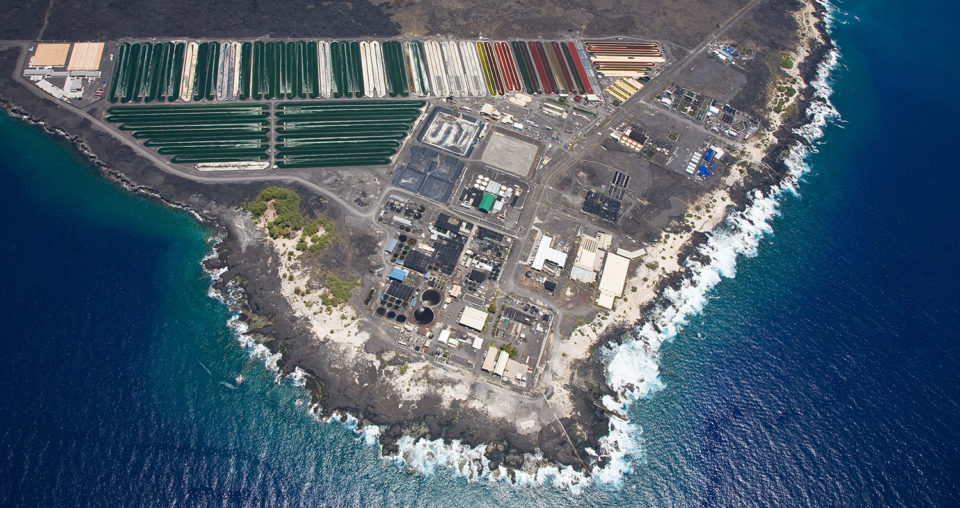
Looking out on the Pacific Ocean, Greg Barbour can’t help but smile. The charismatic director of the National Energy Laboratory of Hawaii understands the potential value that lies within the endless blue in front of him, and in the technology that NELHA offers to aquaculture innovators.
Here in the Hawaiian Oceanic Science and Technology Park (HOST) in Kona, on Hawaii’s Big Island, deep sea pumps bring up pristine seawater from 1,000 meters below the surface. This water, which has not seen daylight for hundreds of years, reaches the surface at 6 degrees-C and serves as the proverbial lifeline of NELHA, supporting the entire park and all business located here.
Current equipment and pipeline infrastructure is capable of pumping up to 100,000 gallons of seawater per minute. Barbour is visibly proud of the position that HOST park has achieved and its plausible impact on global food production. And he knows that it can do so much more.
“We have the biggest aquaculture playground in the world – by far,” said Barbour. “Nobody can really compare to the facilities we have here, especially in terms of massive amounts of deep ocean water and surface ocean water. Plus, it’s pristine.”
NELHA and the state of Hawaii will soon welcome a roster young and innovative aquaculture technology companies to HOST to benefit from their infrastructure, while hoping to attract at least a few to set up shop here.
The world’s only aquaculture business accelerator Hatch Blue will conduct the first six-week leg of its third program here at NELHA.The Bergen, Norway-based entrepreneur-development program seeks early-stage businesses with innovative and scalable solutions that solve significant problems in the aquaculture industry. Previous cohorts were based in Bergen and Dublin, Ireland.
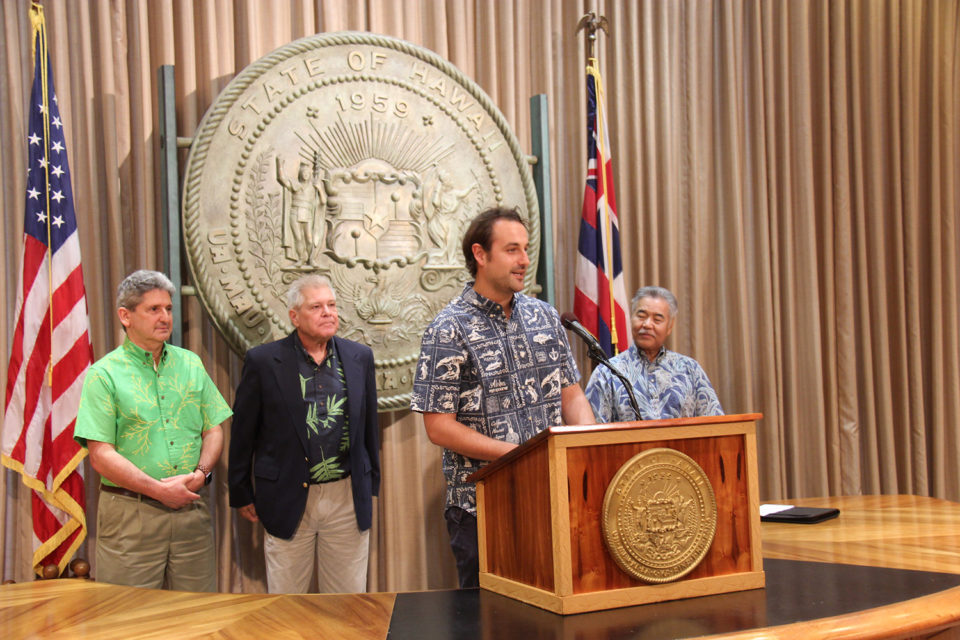
The NELHA-Hatch synergies are obvious. Since 1974, the State of Hawaii has invested more than $130 million in this 900-acre facility. The self-sufficient state agency NELHA has created an international hub of green innovation for sustainable energy solutions and breakthrough aquaculture projects right in the middle of the Pacific Ocean. The technology setup and the list of companies this unique combination has attracted sounds like a dream to aquaculture entrepreneurs of all shapes and sizes, particularly early stage entrepreneurs seeking to grow their knowledge and networks.
Here one can find unique microalgae raceway systems; large-scale offshore farming with thousands of fish in fully submerged net cages; abalone farms and oyster hatcheries that supply seed stock to the entire U.S. coastline; shrimp, rainbow trout and octopus R&D systems; rare and beautiful giant Japanese blue clams; and all things concerning aquaculture.
The support for and belief in aquaculture within the NELHA administration extends to the occupants of the science park. When talking to Gerry Cysewski, CEO of microalgae producer Cyanotech, one of the earliest occupants at HOST, the symbiotic relationship between NELHA and HOST tenants becomes obvious: “We came here in 1984 and NELHA has been great to work with. A lot of what we do here operates under the blanket permit of NELHA, so there [are fewer] permitting requirements. It’s been a really good partnership.”
On Cyanotech’s production raceways, nutrient-rich algae are fed by sunlight and the NELHA sea water pipes. Harvested in a six-week cycle, they are turned into high quality organic dietary supplements that many of the triathletes training for the famous “Ironman” race on Hawaii swear by.
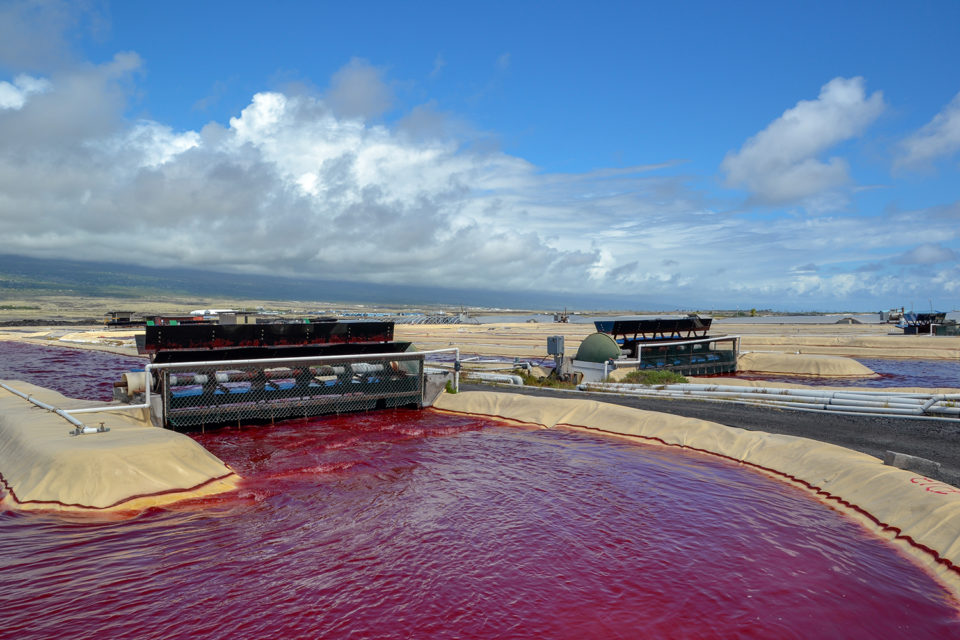
Across the road is a very different type of operation. While touring the Blue Ocean Mariculture farm with controller Robin Coonen, one gets the impression of a highly scientific and cautious operation with the goal of maximizing fish health.
The farm focuses on Hawaiian Kampachi, an Almaco jack species indigenous to the Indo-West Pacific. While they are often connected to ciguatera poisoning due to their diet in the wild, the farmed type is raised on a low-fishmeal diet and farmed invertebrates, ensuring a healthy nutritious profile. They swim in waters that have no detectable levels of mercury or PCB, making them a clean and sustainable seafood choice.
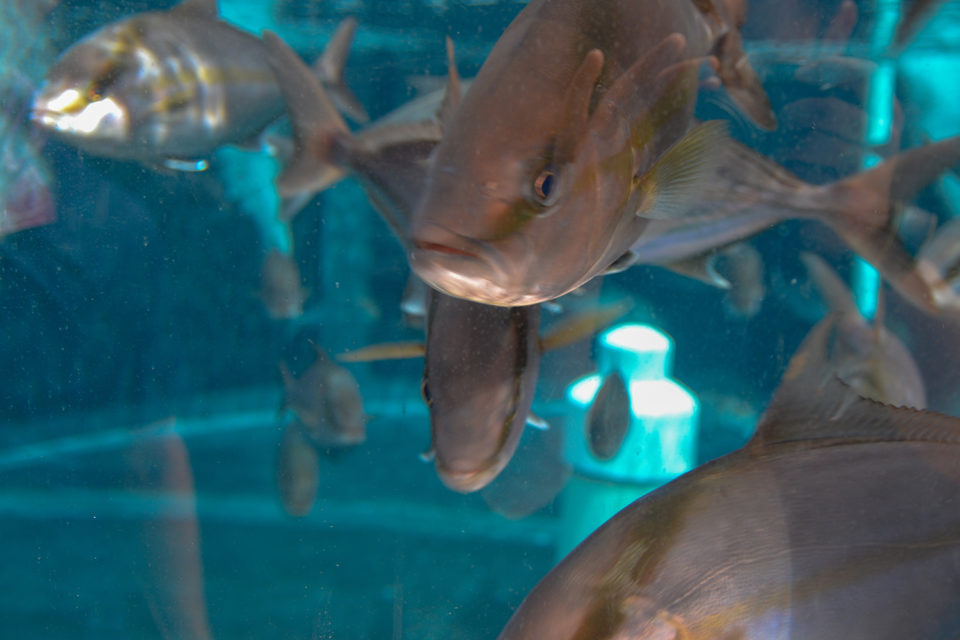
“The docile and friendly nature as well as their feeding behavior make Kampachi a great and efficient species for farming,” said Coonen.
Hatch plans to enroll up to 12 companies that will receive financial support up to €100,000 and access to the HOST park facilities as well as its partners and a vast network of mentors in the Hatch rolodex. After that the startups will head to Norway and Singapore. Hatch is still taking applications for its 2019 program at www.hatch.blue/apply until July 14.
Note: The HATCH accelerator program is supported by NELHA, the State of Hawaii and the University of Hawaii.
Follow the Advocate on Twitter @GAA_Advocate
Now that you've reached the end of the article ...
… please consider supporting GSA’s mission to advance responsible seafood practices through education, advocacy and third-party assurances. The Advocate aims to document the evolution of responsible seafood practices and share the expansive knowledge of our vast network of contributors.
By becoming a Global Seafood Alliance member, you’re ensuring that all of the pre-competitive work we do through member benefits, resources and events can continue. Individual membership costs just $50 a year.
Not a GSA member? Join us.
Author
-
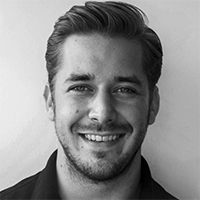
Moritz Müller
Moritz Müller is the head of marketing and communications for Hatch. Currently living in Hamburg, he divides his time at Hatch between Hawaii, Bergen and Singapore.
Tagged With
Related Posts
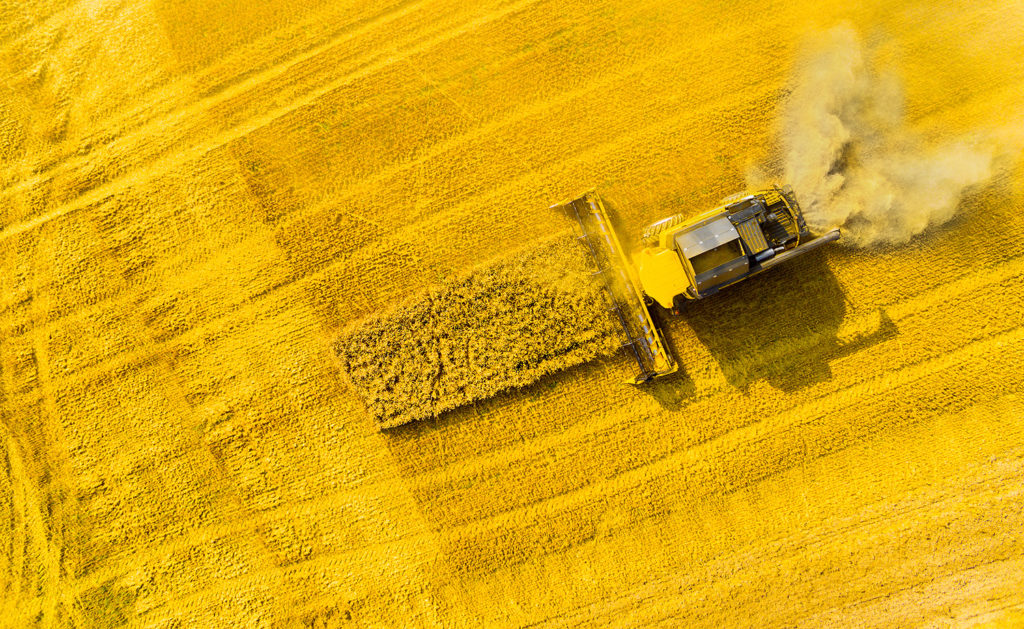
Aquafeeds
A push for rapeseed as a viable aquafeed ingredient
One Germany-based company says rapeseed protein concentrate, or RPC, can help aquafeed manufacturers meet growing demand.
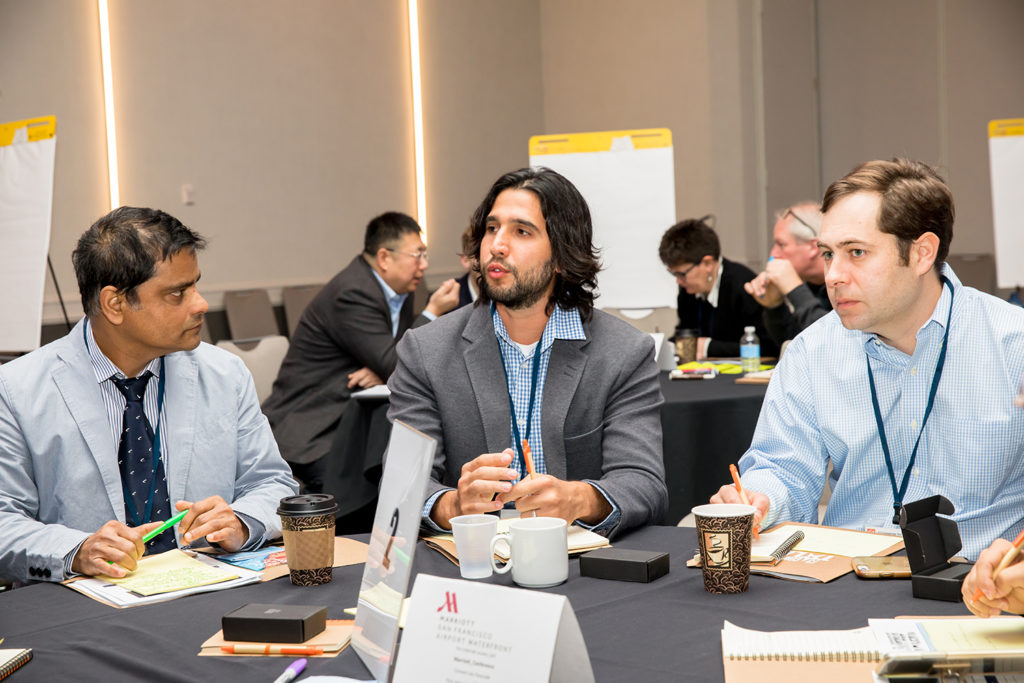
Aquafeeds
Aquafeed moonshots at the F3 ‘talent show’
At the F3 (fish-free feed) Companies Got Talent event in Burlingame, Calif., last week, alternative (non-marine) aquafeed ingredient companies spoke of decoupling aquaculture from fishmeal and fish oil in their quest for greater sustainability.
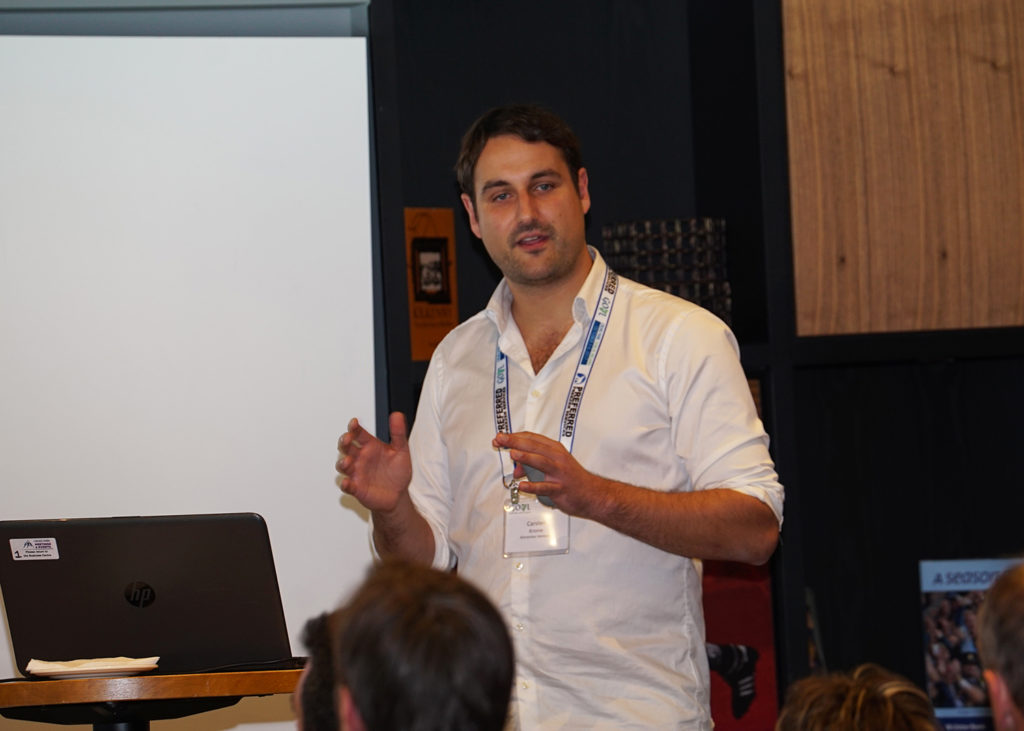
Innovation & Investment
Bergen becoming seafood startup city as accelerator Hatch sets up shop
Hatch Aquaculture Accelerator aims to support new companies, via an immersive three-month mentorship program, in the health, nutrition, technology and production sectors.
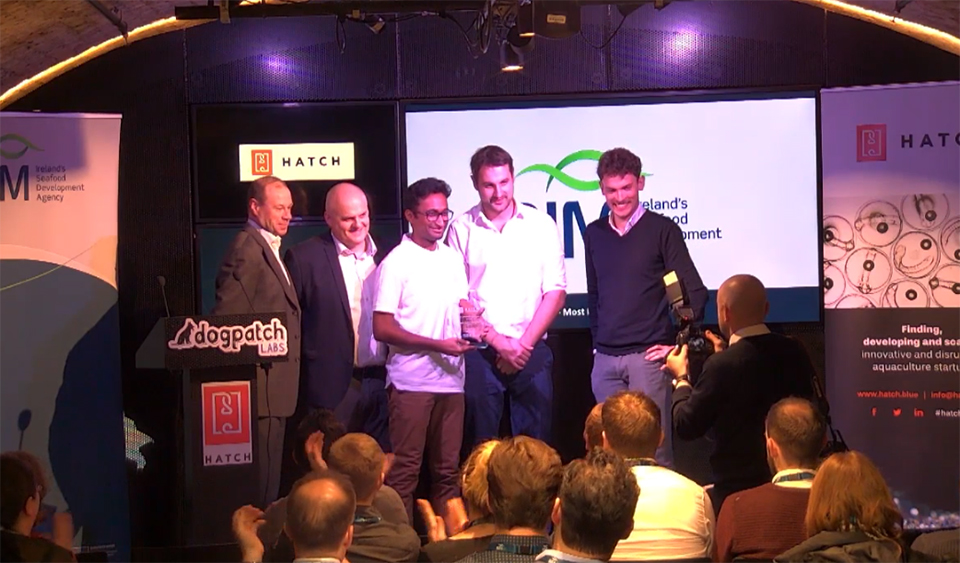
Innovation & Investment
Hatch opens six-pack of winning aquaculture innovators at Demo Day
Demo Day in Dublin, Ireland, last week marked the conclusion of the Hatch aquaculture business accelerator’s second cohort in 2018.

